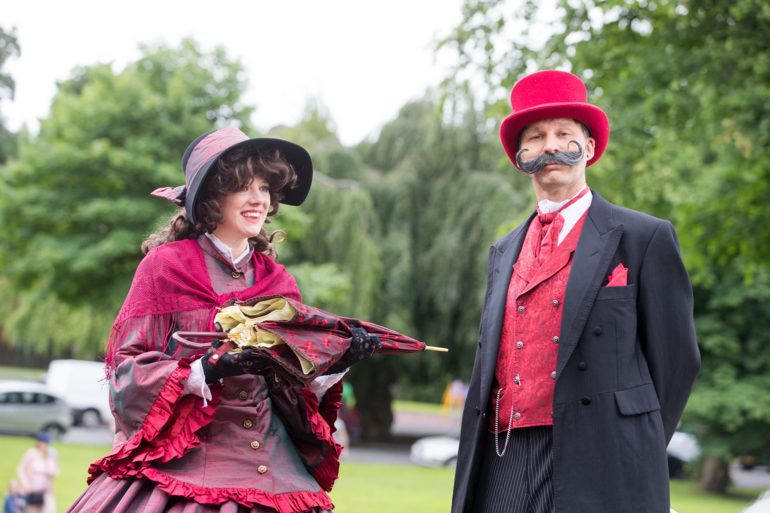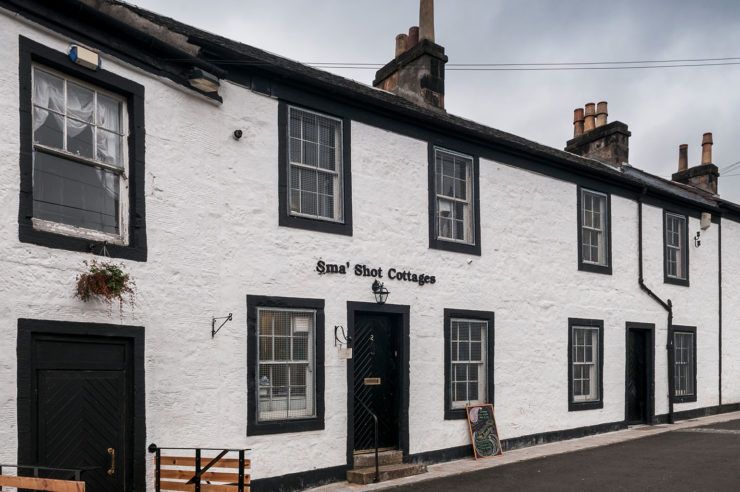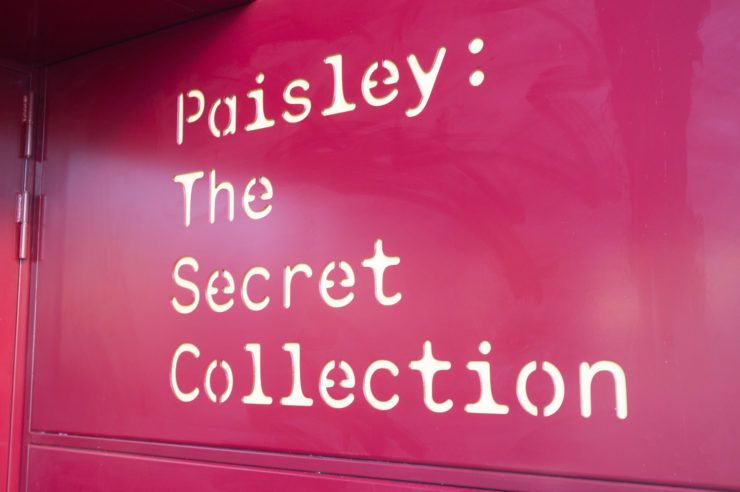People in Paisley have never been afraid to fight for their rights.
The roots of the most famous day in the town’s calendar lie in a historic dispute between local shawl weavers and manufacturers.
The sma’ shot was a fine weft yarn. It was woven into Paisley shawls by the weavers, but invisible to the naked eye of the customer. And the weavers went unpaid for stitching the sma’ shot.
The weavers had long fought for this work to be recognised.
In 1856, the weavers were at the height of their power (there were more than 7,000 in the town). Agreement was finally reached to pay for the sma’ shot. A new table of prices was published on 1 July.
It was custom at the time for workers to go on an annual outing one Saturday during the summer. The Paisley weavers’ practice was to take this holiday and go on a trip on the first Saturday in July. Many weaver’s wives and daughters working in the thread mills naturally asked to have their own holiday on the same day.
In 1856, the annual holiday happened three days after the sma’ shot victory. They gathered from each weaving district to the ‘tuck of the drum’ and marched with bands and banners, to the railway station, before departing with their families for destinations including the seaside, known locally as “doon the watter”.
From 1856 the annual holiday became known as Sma’ Shot Saturday—the first in July.
As the fashion for shawls declined so too did the weaver population and this traditional name was kept up by the town’s thread mill workers long after weaving had disappeared.
Modern-day celebrations
In 1904, Sma’ Shot Day was made an official Trades Holiday and remained as such until World War II.
With the introduction of a five-day week after the war, every Saturday was effectively a holiday, so Sma’ Shot Day was no longer marked.
But in 1986, with growing interest in local traditions, the hard work of the local community saw Sma’ Shot Day revived.
Traditional elements of the day include a colourful parade through town led by the Charleston Drum and the spectacular ‘Burning of the Cork’ – a symbolic burning of an effigy of the cork, or manufacturer!







